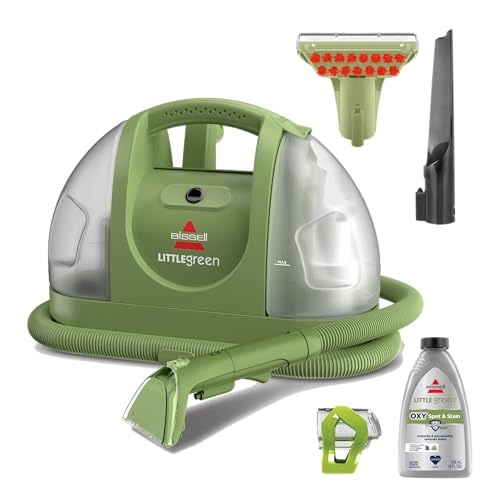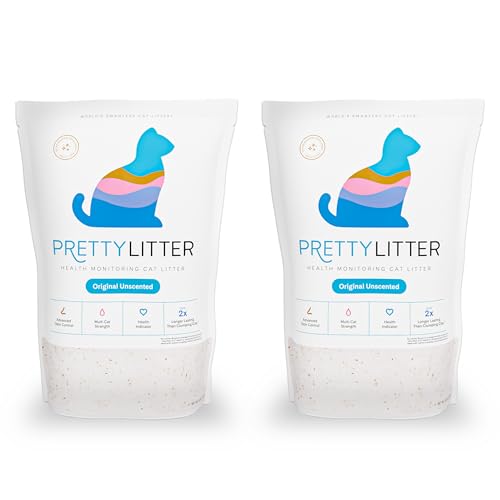



First things first, grab some paper towels. Blot the area gently to soak up any excess liquid. Avoid rubbing; this can spread the mess. The goal is to lift as much as possible without pushing it deeper into the fibers.
Next, mix a solution of warm water and mild dish soap. Dampen a clean cloth with this mixture and dab the stained area. Work from the outside of the stain toward the center to prevent it from spreading. Rinse the cloth frequently to avoid transferring residue back onto the fabric.
If the odor persists after cleaning, sprinkle baking soda over the affected area and let it sit for at least 15 minutes. This natural deodorizer will help absorb any lingering smells. Afterward, vacuum up the baking soda thoroughly.
For tougher stains, consider using a specialized upholstery cleaner designed for your fabric type. Always test any product on a small, inconspicuous area first to ensure it won’t cause damage.
Immediate Cleanup Steps for Fresh Feline Regurgitation
Act quickly! Use paper towels to blot the area gently. Avoid rubbing, as this can push the mess deeper into the fabric.
Once you’ve absorbed the excess, mix a solution of mild dish soap and warm water. Dampen a clean cloth with the mixture and dab the stained area. Rinse the cloth frequently to prevent spreading the residue.
Final Touches
After treating the stain, apply a mixture of equal parts water and white vinegar to neutralize odors. Blot again with a dry cloth until the area is mostly dry. If needed, sprinkle baking soda over the spot to absorb any lingering scent.
Once everything is clean, take a moment to consider the care of your furry friends. If you need to leave them for a while, you might want to check out how much should you pay a cat sitter.
Removing stains and odors from fabric upholstery
Utilize a mixture of white vinegar and water in equal parts to neutralize unpleasant smells. Spray the solution lightly on the affected area, then blot with a clean cloth. This not only assists in odor elimination but can also aid in stain lifting.
For persistent marks, create a paste using baking soda and water. Apply this paste to the stain and let it sit for several hours, or ideally overnight. Once dried, gently vacuum the area to remove the residue.
Enzymatic cleaners are also highly effective against organic stains. Look for products specifically designed for fabric. Follow the instructions on the label for the best results, ensuring to test on a small, inconspicuous area first.
After treating the stain and odor, ensure the area is well-ventilated to help with drying and odor dispersal. For further information on health issues that might contribute to messes, check out what to give cat for upper respiratory infection.
First things first, grab some paper towels. Blot the area gently to soak up any excess liquid. Avoid rubbing; this can spread the mess. The goal is to lift as much as possible without pushing it deeper into the fibers.
Next, mix a solution of warm water and mild dish soap. Dampen a clean cloth with this mixture and dab the stained area. Work from the outside of the stain toward the center to prevent it from spreading. Rinse the cloth frequently to avoid transferring residue back onto the fabric.
If the odor persists after cleaning, sprinkle baking soda over the affected area and let it sit for at least 15 minutes. This natural deodorizer will help absorb any lingering smells. Afterward, vacuum up the baking soda thoroughly.
For tougher stains, consider using a specialized upholstery cleaner designed for your fabric type. Always test any product on a small, inconspicuous area first to ensure it won’t cause damage.
Immediate Cleanup Steps for Fresh Feline Regurgitation
Act quickly! Use paper towels to blot the area gently. Avoid rubbing, as this can push the mess deeper into the fabric.
Once you’ve absorbed the excess, mix a solution of mild dish soap and warm water. Dampen a clean cloth with the mixture and dab the stained area. Rinse the cloth frequently to prevent spreading the residue.
Final Touches
After treating the stain, apply a mixture of equal parts water and white vinegar to neutralize odors. Blot again with a dry cloth until the area is mostly dry. If needed, sprinkle baking soda over the spot to absorb any lingering scent.
Once everything is clean, take a moment to consider the care of your furry friends. If you need to leave them for a while, you might want to check out how much should you pay a cat sitter.
Removing stains and odors from fabric upholstery
Utilize a mixture of white vinegar and water in equal parts to neutralize unpleasant smells. Spray the solution lightly on the affected area, then blot with a clean cloth. This not only assists in odor elimination but can also aid in stain lifting.
For persistent marks, create a paste using baking soda and water. Apply this paste to the stain and let it sit for several hours, or ideally overnight. Once dried, gently vacuum the area to remove the residue.
Enzymatic cleaners are also highly effective against organic stains. Look for products specifically designed for fabric. Follow the instructions on the label for the best results, ensuring to test on a small, inconspicuous area first.
After treating the stain and odor, ensure the area is well-ventilated to help with drying and odor dispersal. For further information on health issues that might contribute to messes, check out what to give cat for upper respiratory infection.
First things first, grab some paper towels. Blot the area gently to soak up any excess liquid. Avoid rubbing; this can spread the mess. The goal is to lift as much as possible without pushing it deeper into the fibers.
Next, mix a solution of warm water and mild dish soap. Dampen a clean cloth with this mixture and dab the stained area. Work from the outside of the stain toward the center to prevent it from spreading. Rinse the cloth frequently to avoid transferring residue back onto the fabric.
If the odor persists after cleaning, sprinkle baking soda over the affected area and let it sit for at least 15 minutes. This natural deodorizer will help absorb any lingering smells. Afterward, vacuum up the baking soda thoroughly.
For tougher stains, consider using a specialized upholstery cleaner designed for your fabric type. Always test any product on a small, inconspicuous area first to ensure it won’t cause damage.
Immediate Cleanup Steps for Fresh Feline Regurgitation
Act quickly! Use paper towels to blot the area gently. Avoid rubbing, as this can push the mess deeper into the fabric.
Once you’ve absorbed the excess, mix a solution of mild dish soap and warm water. Dampen a clean cloth with the mixture and dab the stained area. Rinse the cloth frequently to prevent spreading the residue.
Final Touches
After treating the stain, apply a mixture of equal parts water and white vinegar to neutralize odors. Blot again with a dry cloth until the area is mostly dry. If needed, sprinkle baking soda over the spot to absorb any lingering scent.
Once everything is clean, take a moment to consider the care of your furry friends. If you need to leave them for a while, you might want to check out how much should you pay a cat sitter.
Removing stains and odors from fabric upholstery
Utilize a mixture of white vinegar and water in equal parts to neutralize unpleasant smells. Spray the solution lightly on the affected area, then blot with a clean cloth. This not only assists in odor elimination but can also aid in stain lifting.
For persistent marks, create a paste using baking soda and water. Apply this paste to the stain and let it sit for several hours, or ideally overnight. Once dried, gently vacuum the area to remove the residue.
Enzymatic cleaners are also highly effective against organic stains. Look for products specifically designed for fabric. Follow the instructions on the label for the best results, ensuring to test on a small, inconspicuous area first.
After treating the stain and odor, ensure the area is well-ventilated to help with drying and odor dispersal. For further information on health issues that might contribute to messes, check out what to give cat for upper respiratory infection.









